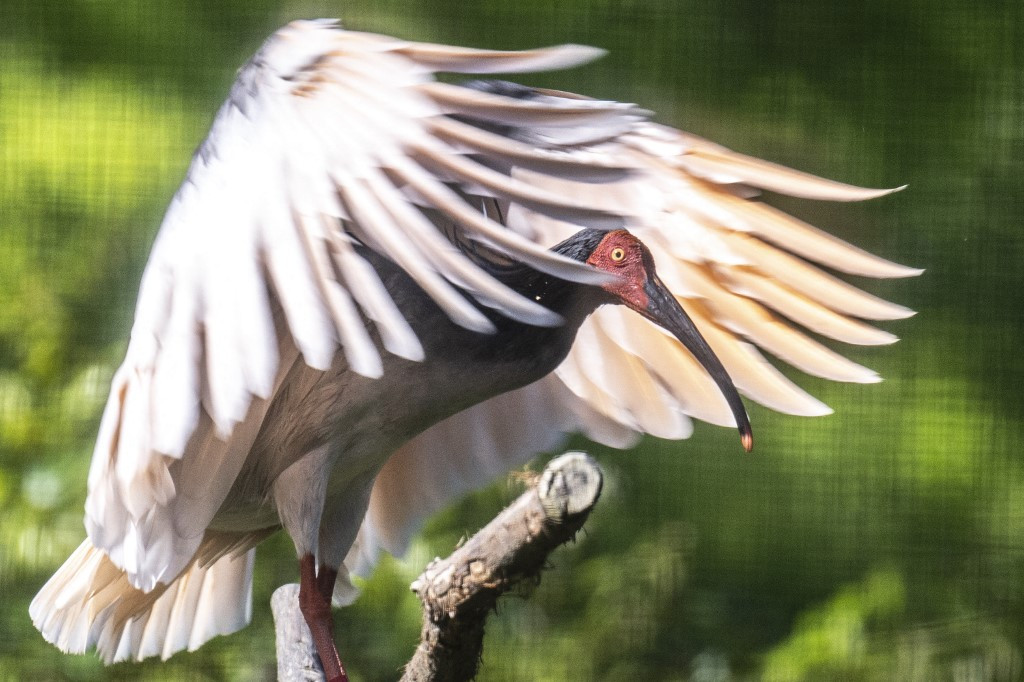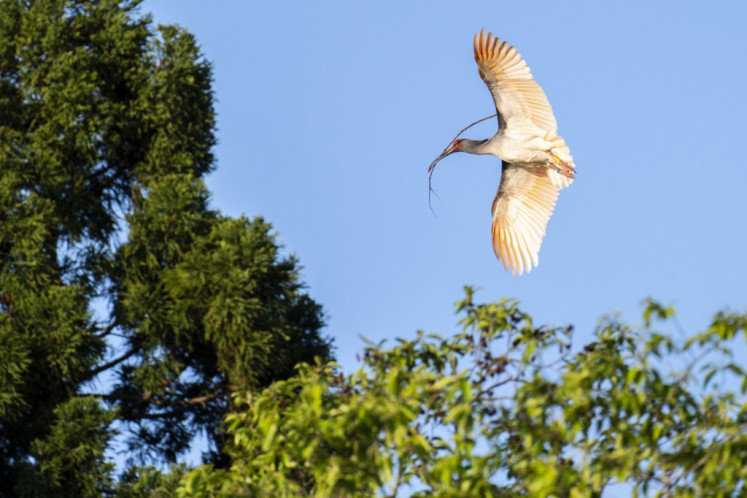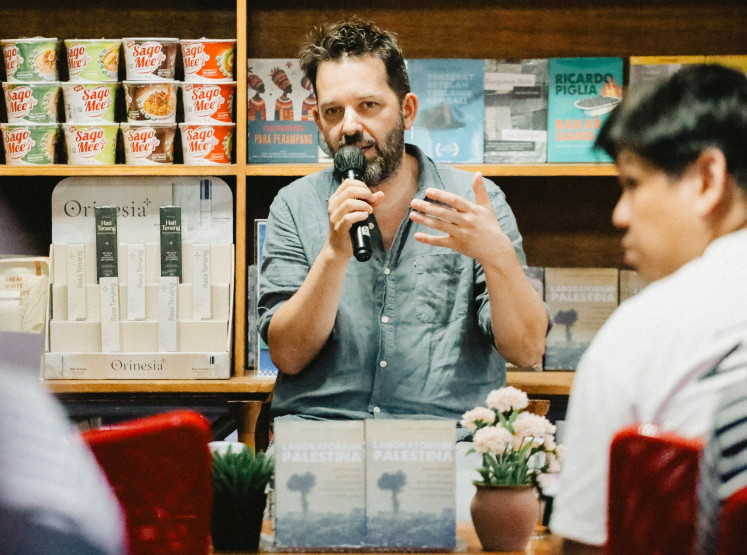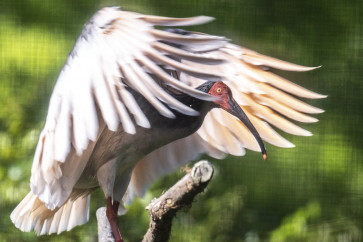Popular Reads
Top Results
Can't find what you're looking for?
View all search resultsPopular Reads
Top Results
Can't find what you're looking for?
View all search resultsModern phoenix: The bird brought back from extinction in Japan
Change text size
Gift Premium Articles
to Anyone
I
n just under two decades, Sado's population of wild toki has gone from zero to nearly 500, with the help of international diplomacy, scientific research and an agricultural revolution on the island off Japan's west coast.
Every day for the past 14 years, 72-year-old Masaoki Tsuchiya has set out before sunrise to search for a bird rescued from extinction in Japan.
Starting his car under star-dotted skies unpolluted by light, he works alone in the predawn chill, marking sightings or absences in a planner, interrupted only by the crackle of a walkie-talkie.
The bird he is looking for is called toki in Japanese, and its presence on his home of Sado Island is testament to a remarkable conservation program.
In just under two decades, Japan's population of wild toki has gone from zero to nearly 500, all on Sado, where the bird's delicate pink plumage and distinctive curved beak now draw tourists.
It is a rare conservation success story when one in eight bird species globally are threatened with extinction, and involves international diplomacy and an agricultural revolution on a small island off Japan's west coast.
Flying free: A wild toki bird is seen in flight on Sado Island, Japan. (AFP/Charly Triballeau)



















